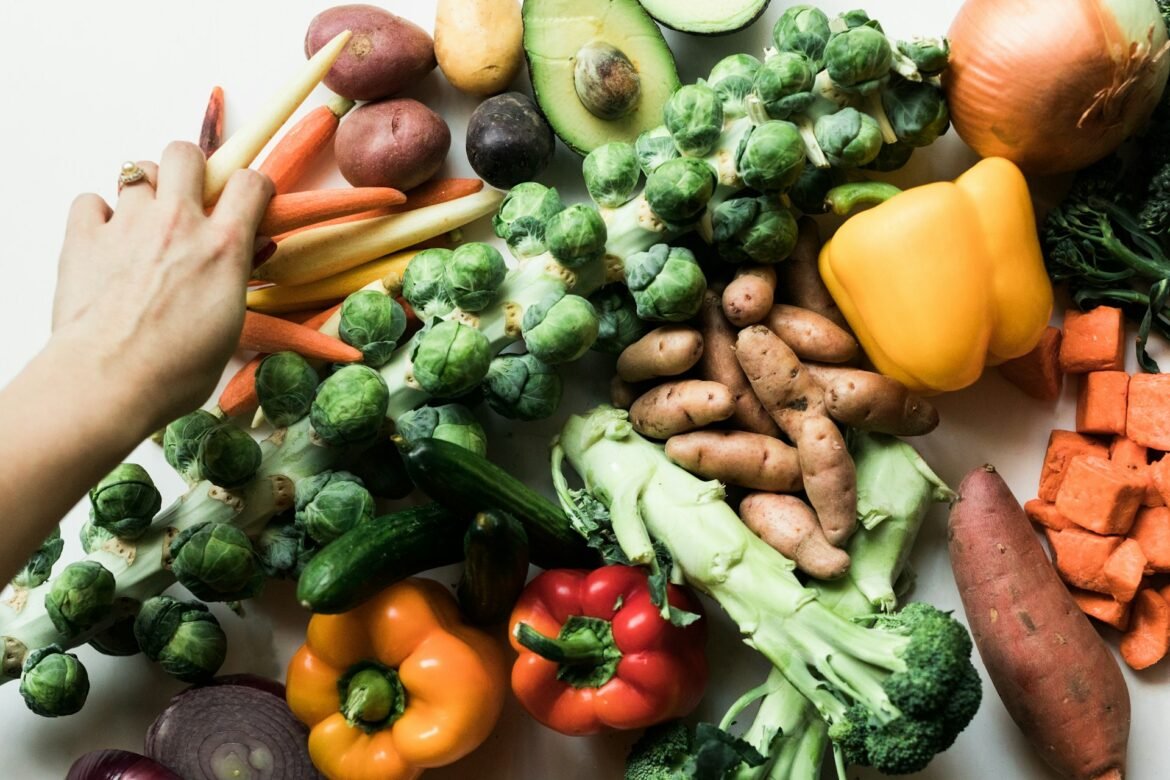The raw food diet has been gaining popularity, especially among health-conscious individuals seeking natural, plant-based eating habits. But is eating mostly uncooked food really a sustainable and safe approach to nutrition?
What Is a Raw Food Diet?
A raw food diet consists primarily of uncooked and unprocessed foods. Common components include fresh fruits and vegetables, nuts, seeds, sprouted grains, and sometimes raw dairy or fish. The key principle is that foods should not be heated above 118°F (48°C), as this is believed to preserve natural enzymes and nutrients.
The Potential Benefits
1. Nutrient-Dense Choices
Raw food diets typically include a large volume of fruits and vegetables, which are rich in fiber, antioxidants, vitamins, and minerals. This plant-forward eating pattern can help reduce the risk of chronic diseases, support heart health, and improve digestion.
2. Weight Loss and Energy Boost
Many people experience weight loss on a raw food diet due to its low-calorie, high-fiber nature. Additionally, proponents often report feeling more energized and alert—likely due to the elimination of processed foods and added sugars.
3. Fewer Processed Foods
By avoiding ultra-processed snacks and ready-made meals, followers of the raw diet reduce their intake of preservatives, trans fats, and added sodium. This naturally leads to a cleaner, more wholesome eating pattern.
The Drawbacks to Consider
1. Risk of Nutrient Deficiencies
Strict raw diets, especially vegan ones, can lead to deficiencies in essential nutrients such as vitamin B12, iron, calcium, vitamin D, and omega-3 fatty acids. Without proper planning, these gaps may lead to long-term health issues like anemia or bone density loss.
2. Food Safety Concerns
Consuming raw dairy, eggs, fish, or meat can increase the risk of foodborne illnesses. Pathogens like Salmonella and E. coli are not destroyed unless food is cooked. Pregnant women, older adults, and those with weakened immune systems should exercise extra caution.
3. Social and Practical Limitations
A fully raw lifestyle can be difficult to maintain, especially when dining out or during travel. It also demands considerable time for meal preparation, including soaking, sprouting, or dehydrating foods.
A Balanced Perspective
While a raw food diet offers some health perks, going 100% raw may not be ideal—or necessary—for most people. A more flexible approach might be the key: incorporating plenty of raw fruits and vegetables while also including lightly cooked grains, legumes, and lean proteins for a well-rounded diet.
Cooking, when done properly, can actually enhance nutrient availability in certain foods. For instance, tomatoes release more lycopene when cooked, and lightly steaming vegetables can reduce anti-nutrients without compromising their benefits.
Final Thoughts
The raw food diet can be safe and effective in the short term, especially when used as a detox or to encourage healthier habits. However, for long-term wellness, it’s important to ensure nutritional balance. If you’re considering this diet, consult a healthcare provider or dietitian to help plan a version that supports your unique health needs.
